Yojoa Lake Area
Yojoa is Honduras’ largest lake, located between two national parks: Santa Bárbara Mountain National Park, located on the mountain of the same name at an altitude of 2,744m, and Cerro Azul Mèambar National Park. Both are popular destinations for hiking, wildlife and bird watching, especially the Quetzal, a bird that is sacred to the Maya.
At the end of the journey, visitors can stop at lakeside restaurants to treat themselves to a plate of fried fish along with other dishes such as beans, curtido (sauerkraut), bananas and a glass of craft beer made from local workshops located along the lake.

Jeannette Kawas National Park
Jeannette Kawas National Park in Tela is Honduras' largest national park, covering 78,162 hectares. The city is famous for its seaside resorts and cuisine , especially its iconic dish sopa de caracol (snail soup).
The Tela Marine Research Center, located in the Jeannette Kawas National Park, is an important facility for coral research and protection throughout the Caribbean. It also has tropical forests - home to snakes, monkeys, jaguars, and the largest Lancetilla botanical garden in Latin America (1,680 hectares). In addition, the park also has many coves, mangrove forests, and the largest saltwater lagoon in the country.
Pico Bonito National Park
In the 19th and 20th centuries, the city of La Ceiba was home to the baleada - the "national" dish of Honduras, consisting of beans, cheese, sour cream, curd and meat or eggs arranged inside a tortilla. La Ceiba is known as the "gateway" to Pico Bonito National Park, which is considered a "biodiversity exhibition". This is the common home of toucans, jaguars, monkeys and many other animals. Bordering Pico Bonito is the Cangrejal River - a "playground" for water sports such as river rafting or kayaking, bringing a sense of challenge and adventure.
Guacamaya Mountain Bird Park and Reserve
A conservation, breeding, rehabilitation and bird refuge center located a few kilometers from the center of Copán Ruinas, the Guacamaya Mountain Bird Park and Reserve is surrounded by ancient native trees and a stream flowing from the Cakaguatales ravine. You can have a snack after walking among 180 species of birds endemic to Honduras and Central America, alongside migratory birds from the Caribbean and South America. Don’t miss the chance to feel the feet of a macaw perch on your arm, shoulder or head while it opens its beautiful wings in greeting. It’s the ultimate way to experience nature.
Source: https://hanoimoi.vn/nhung-noi-phai-den-o-honduras-655846.html


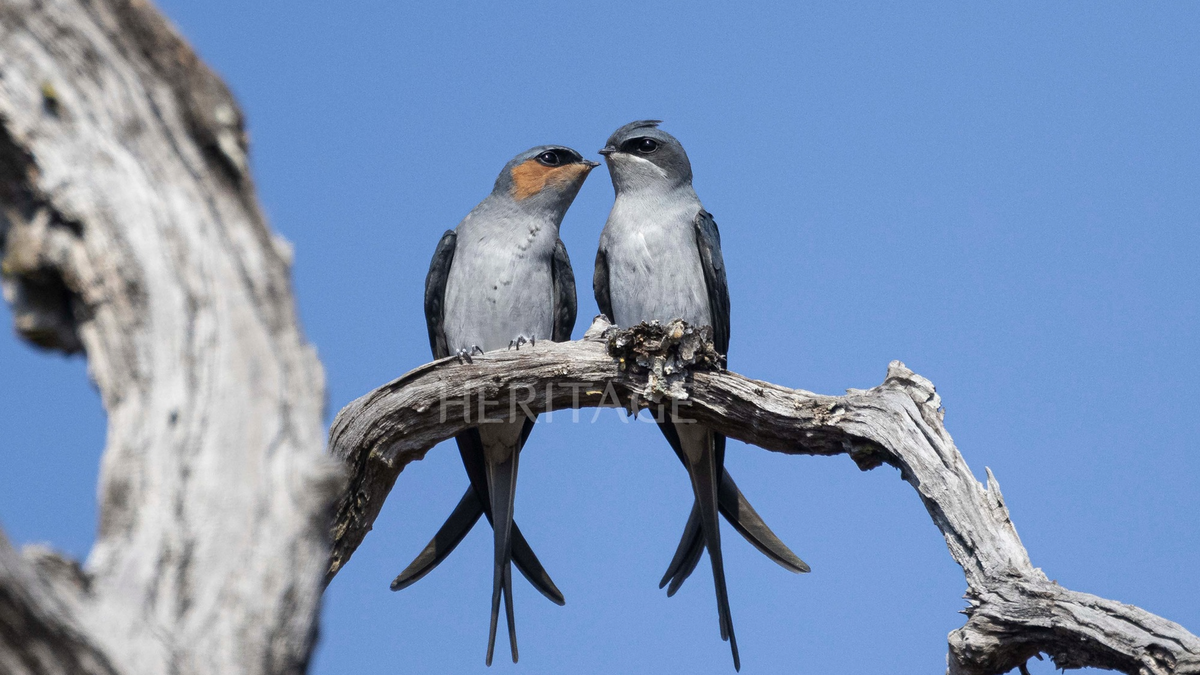
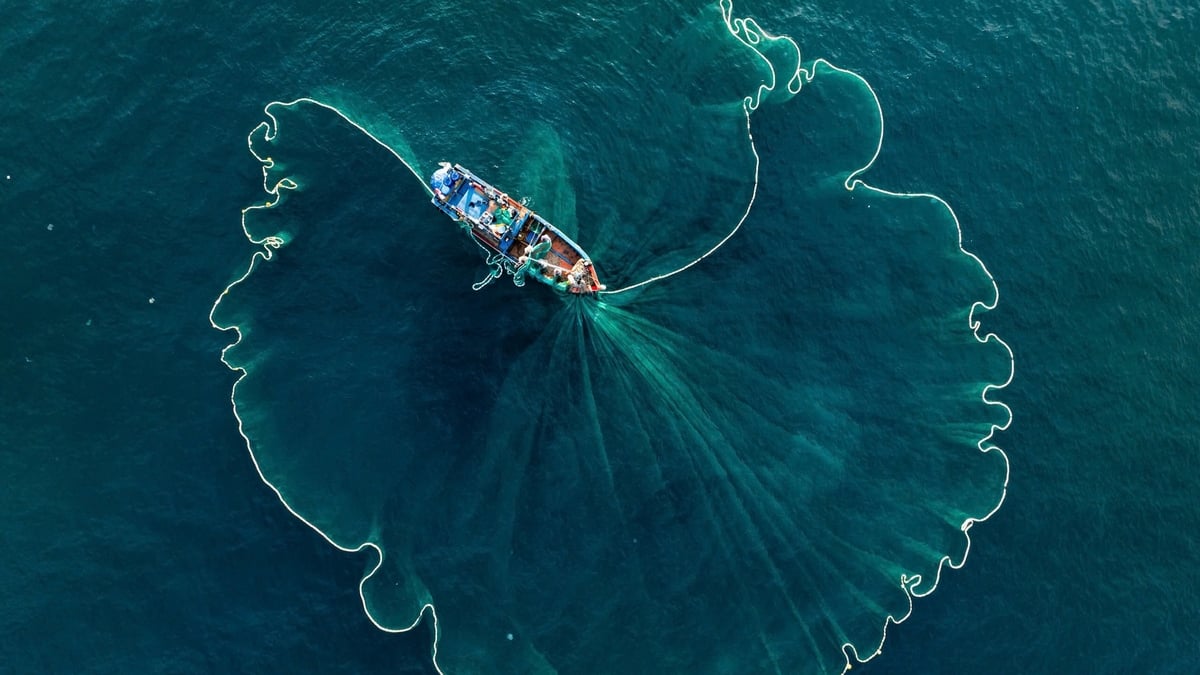
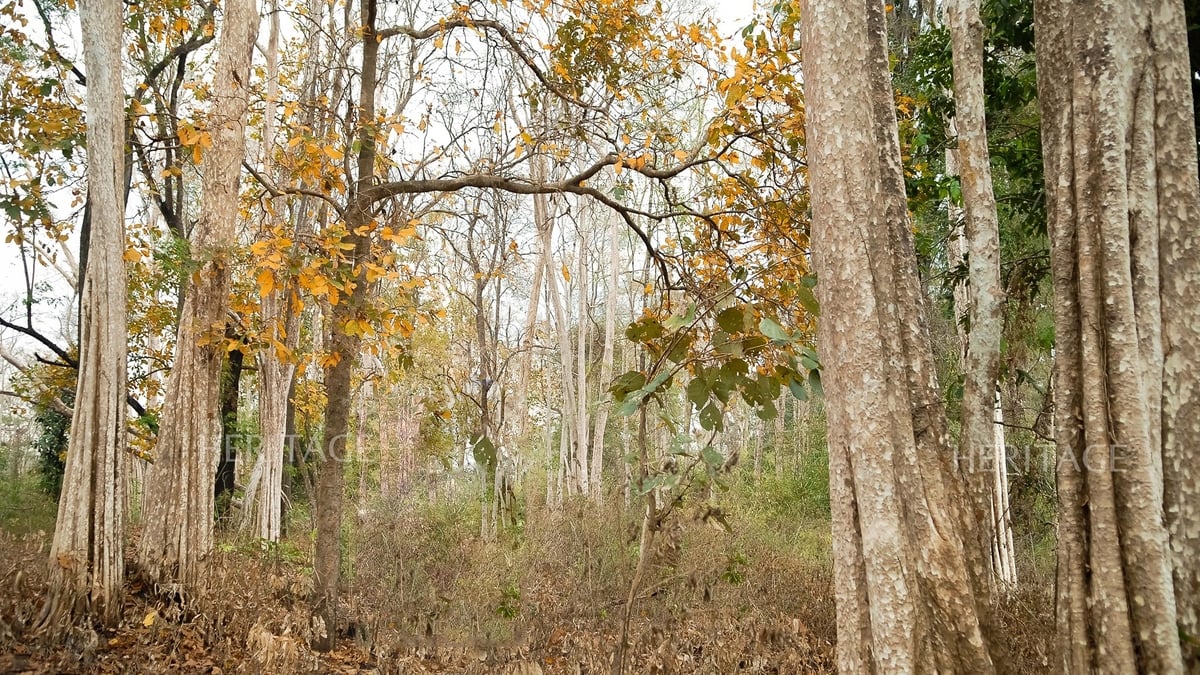
![[Photo] Award ceremony for works on studying and following President Ho Chi Minh](https://vphoto.vietnam.vn/thumb/1200x675/vietnam/resource/IMAGE/2025/5/20/a08ce9374fa544c292cca22d4424e6c0)
![[Photo] Vietnamese shipbuilding with the aspiration to reach out to the ocean](https://vphoto.vietnam.vn/thumb/1200x675/vietnam/resource/IMAGE/2025/5/20/24ecf0ba837b4c2a8b73853b45e40aa7)
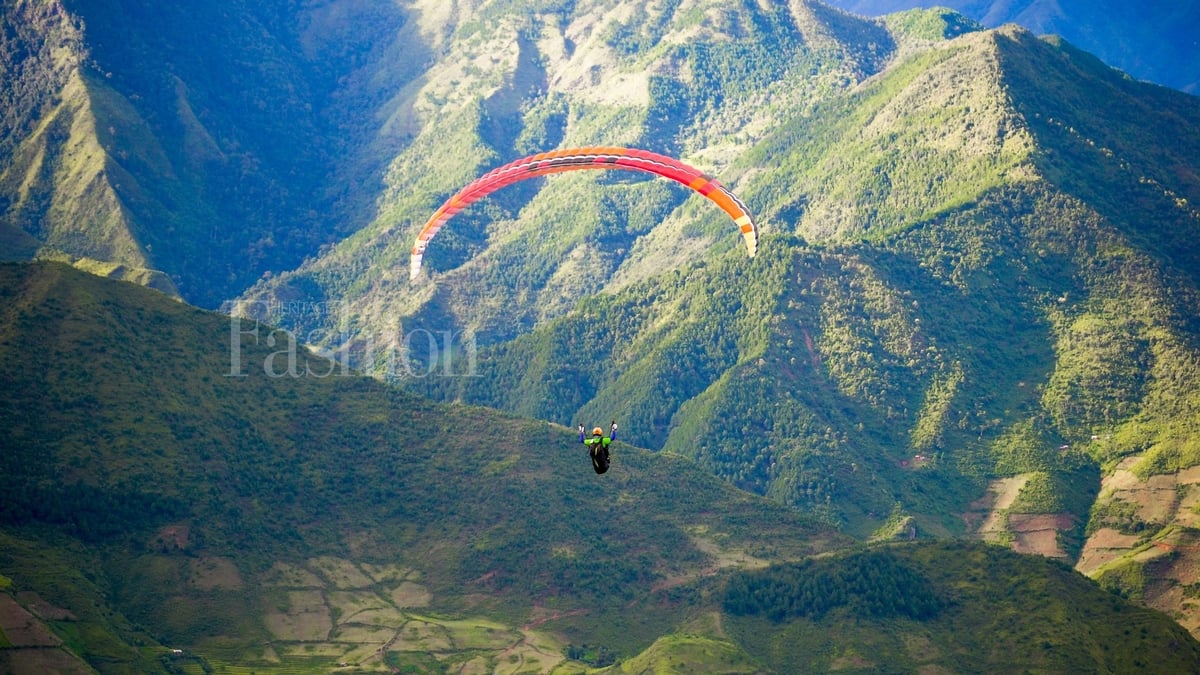


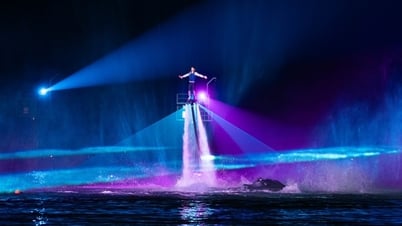


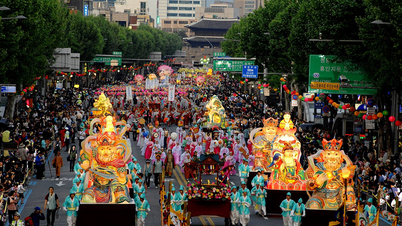
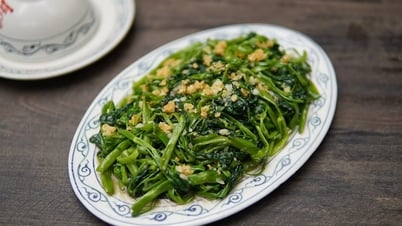

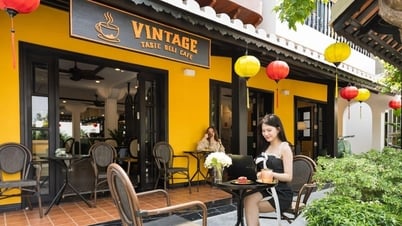

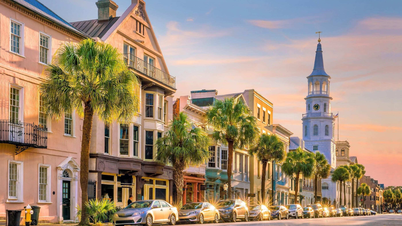
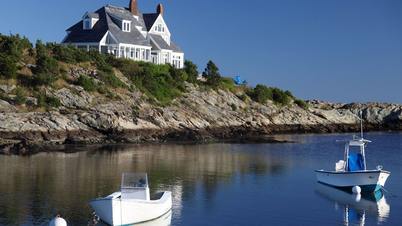
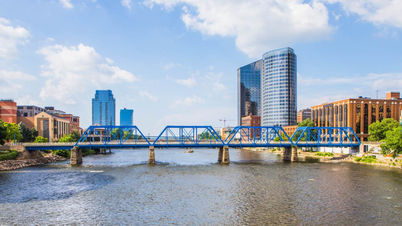
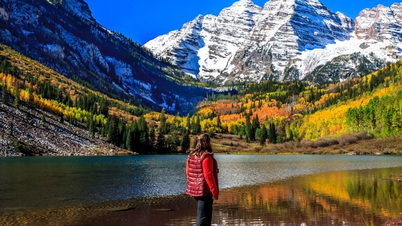
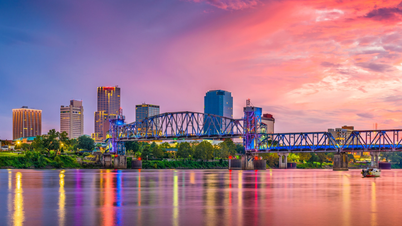
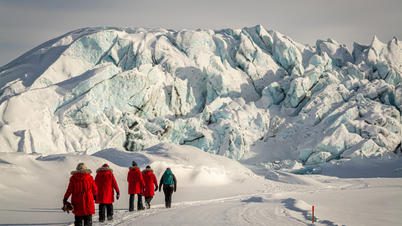






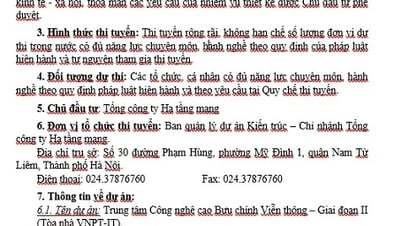

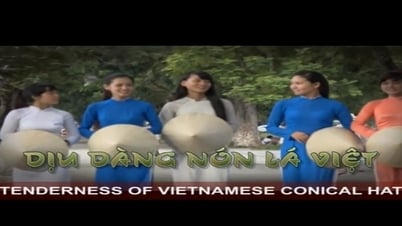





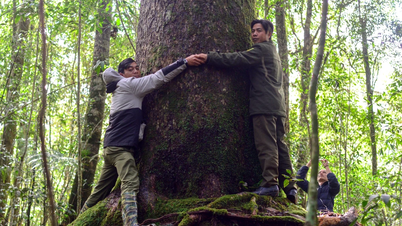
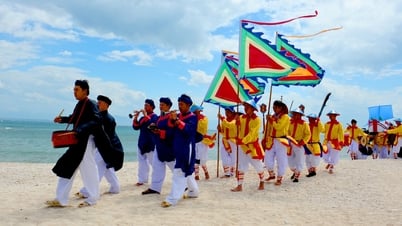



















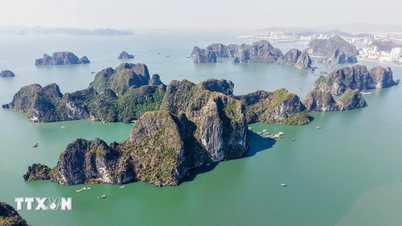
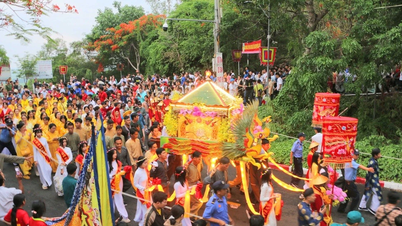


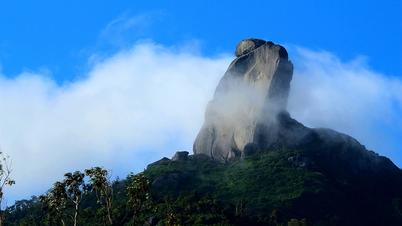
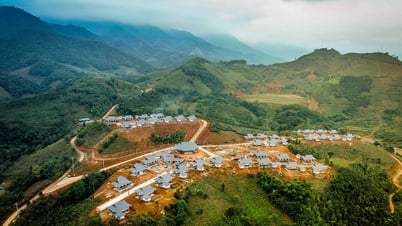











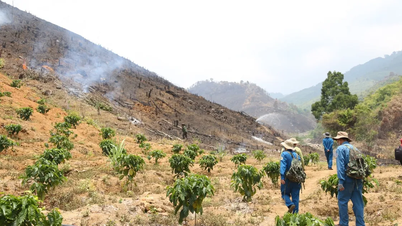

















![[VIDEO] - Enhancing the value of Quang Nam OCOP products through trade connections](https://vphoto.vietnam.vn/thumb/402x226/vietnam/resource/IMAGE/2025/5/17/5be5b5fff1f14914986fad159097a677)
Comment (0)